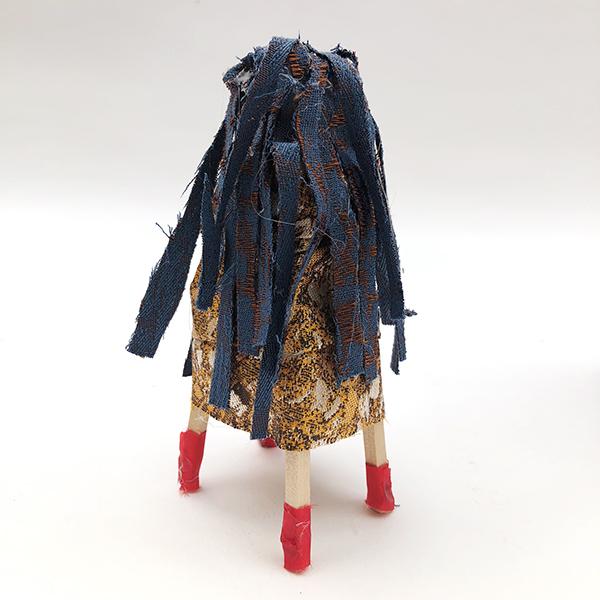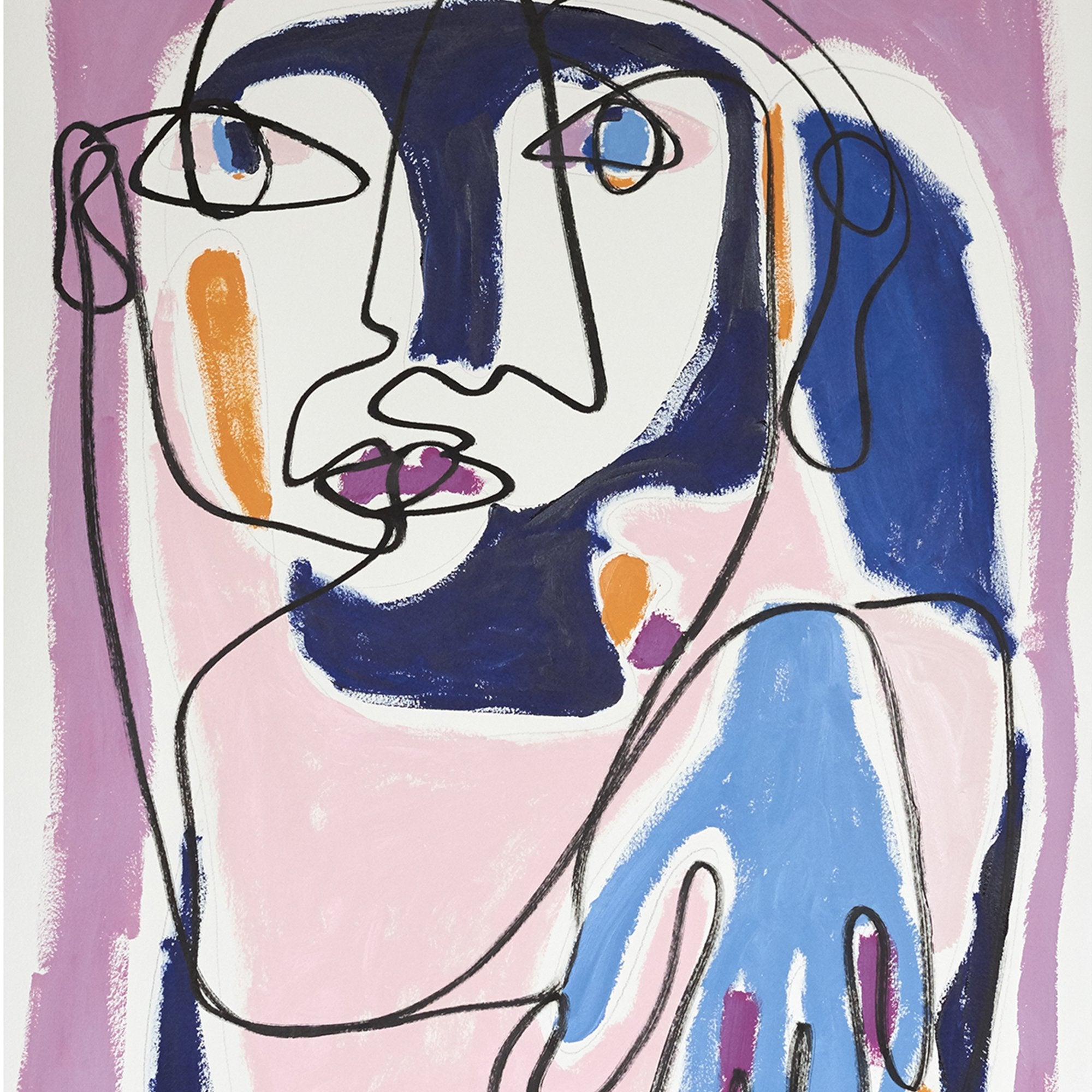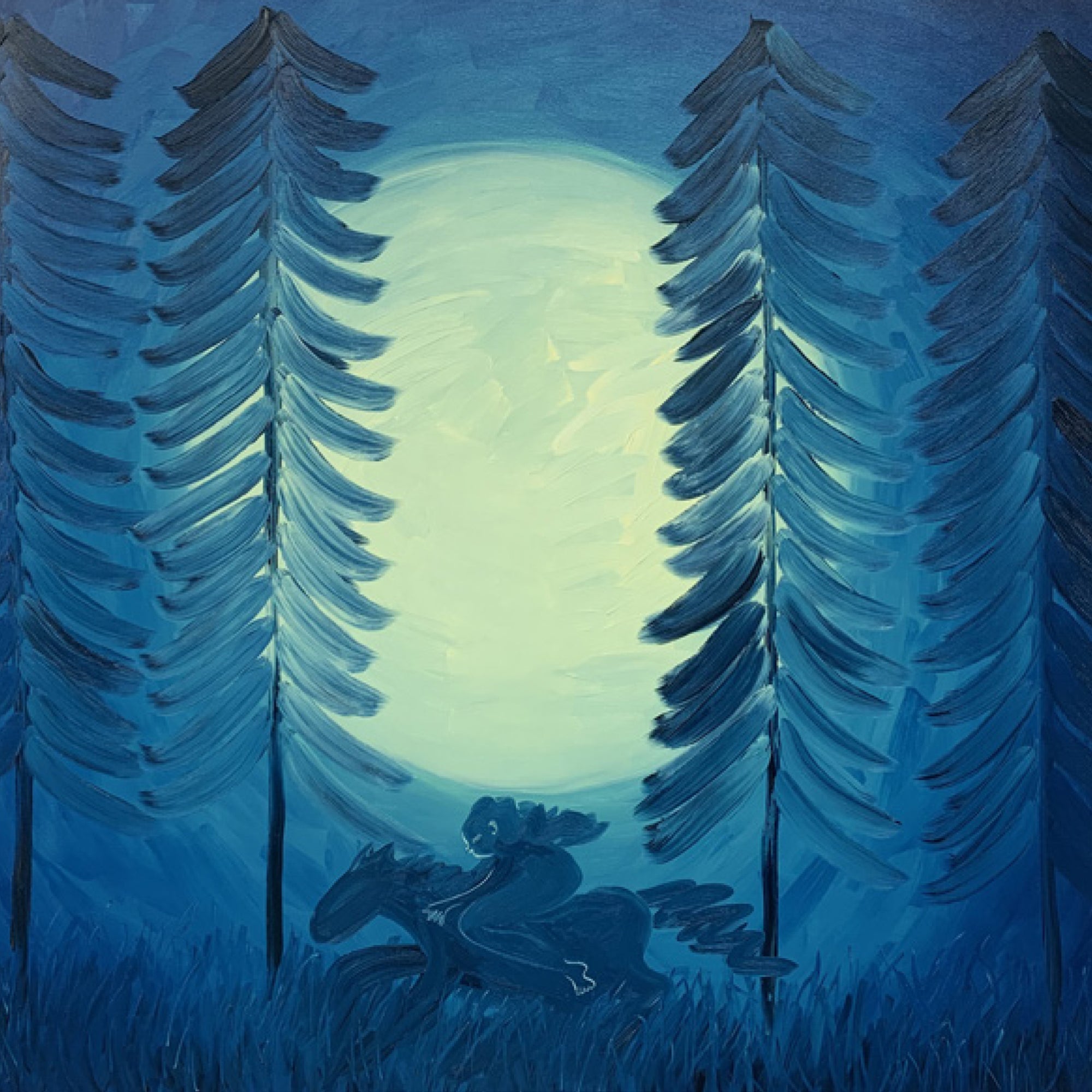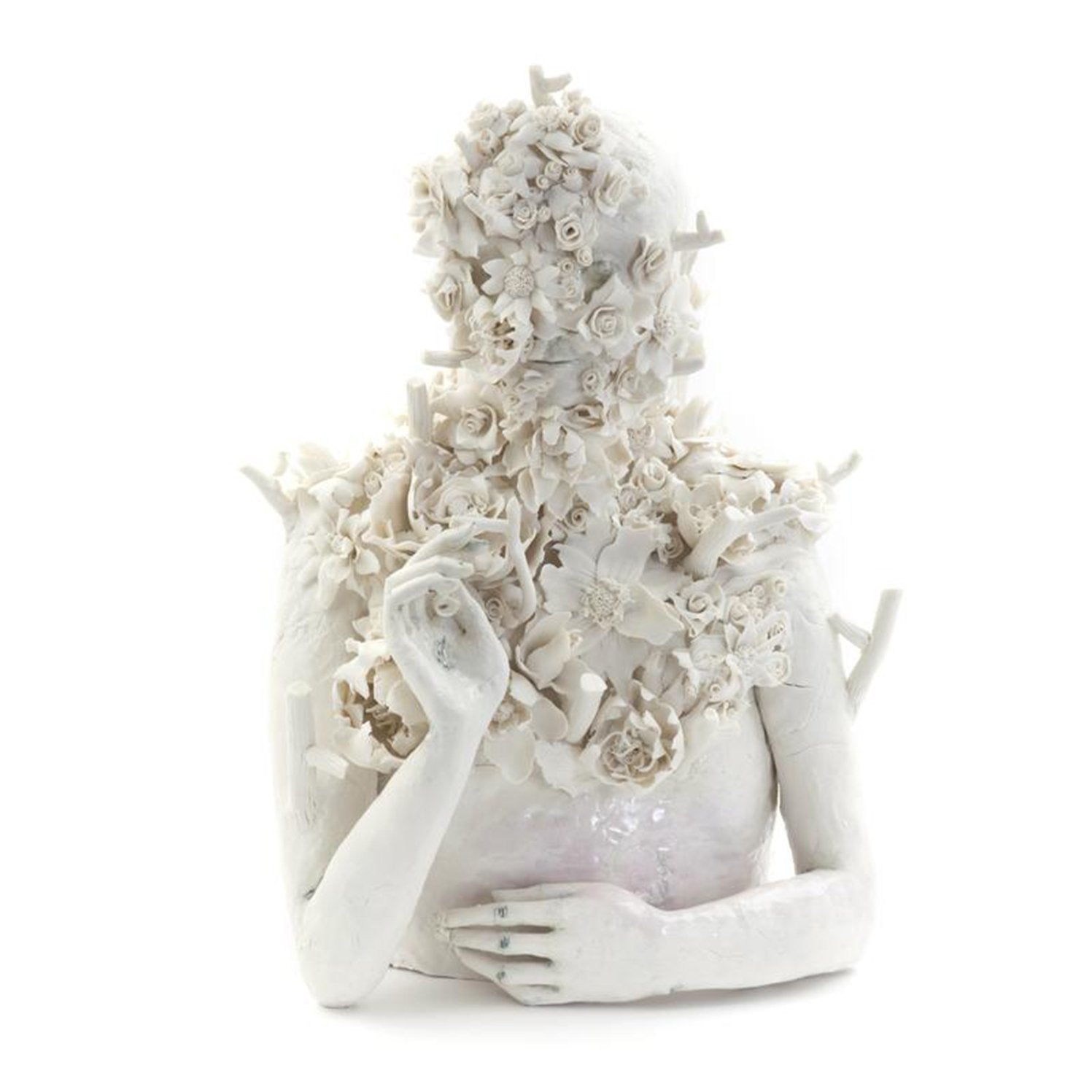RAY G. BROWN
Spiritus Mundi

Disegno has commissioned designer Ray G. Brown to create Spiritus Mundi: an immersive installation for fabric brand Rubelli that taps into the often ritualistic nature of textiles and clothing.
Next month, designer Ray G. Brown will transform east London’s Oneroom gallery into Spiritus Mundi, a dreamlike environment using a range of fabrics by Venetian textiles company Rubelli. Visitors will move through the four-storey venue encountering a series of mysterious, anthropomorphic figures. Some of the figures are lined up together and draped in shimmering lengths of fabric to create a quasi-architectural element that divides up the space; others are placed individually, as hooded figures poised to perform a ceremony.
The installation's name, "Spiritus Mundi" is drawn from the work of poet William Butler Yeats, who used the term to describe society's collective unconscious - the mysterious, transcendental source from which all images and symbols are derived.
“I was immediately captivated by the lustrous quality of the Rubelli fabrics,” says Brown. “They seem special, out of the ordinary - as if they are intended for some special ceremonial function. I did some research into ritualistic costumes from various cultures across the world, and became interested in the transformative power of these costumes and their ability to access levels of experience not ordinarily available to the conscious mind.”

After his initial visit to Rubelli, Brown spent time wrapping and draping large samples of fabrics around chairs to see how different thicknesses responded to various treatments, and how light affected their appearance when displayed in those ways. As shapes started to emerge from this process, he began to feel that giving the fabrics a sense of being inhabited by a living form would give the installation an extra dimension.
“I used humble materials such as timber, cardboard and polystyrene to create anthropomorphic armatures – jumbled skeletons around which the Rubelli fabric is draped and stretched like a luxurious skin,” says Brown, who focused on ritualistic treatments of costume in which a person might be anonymised and mythologised by a garment.
“I also employed traditional upholstery techniques to further manipulate the fabric – punching eyelets into the material and pulling it into corrugated pleats like a set of curtains to bunch the fabric up into contorted compositions,” Brown explains.
The figures Brown has produced are not designed to resemble mannequins that have been dressed up, but rather stylised, abstracted versions of humans – hidden deep inside heavy layers of cloth and contemplation.



